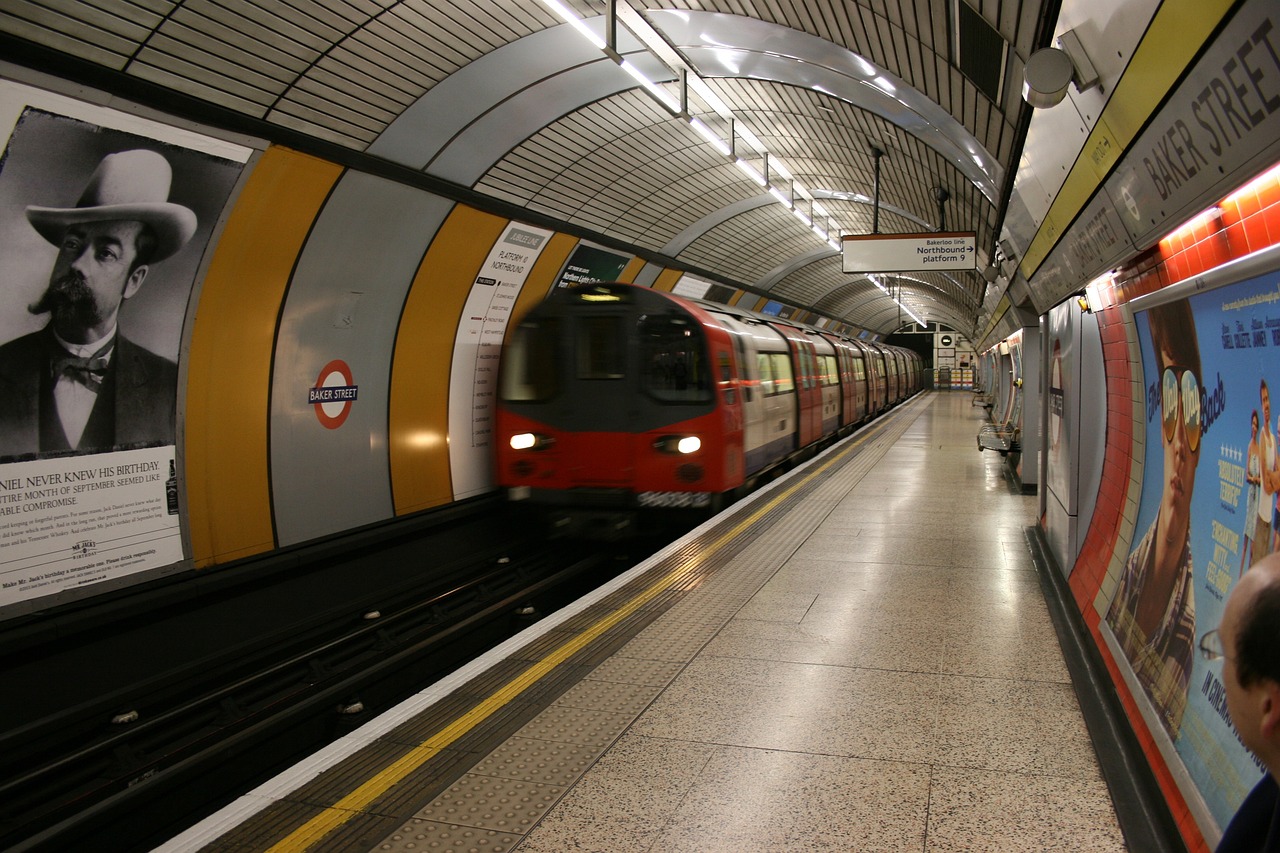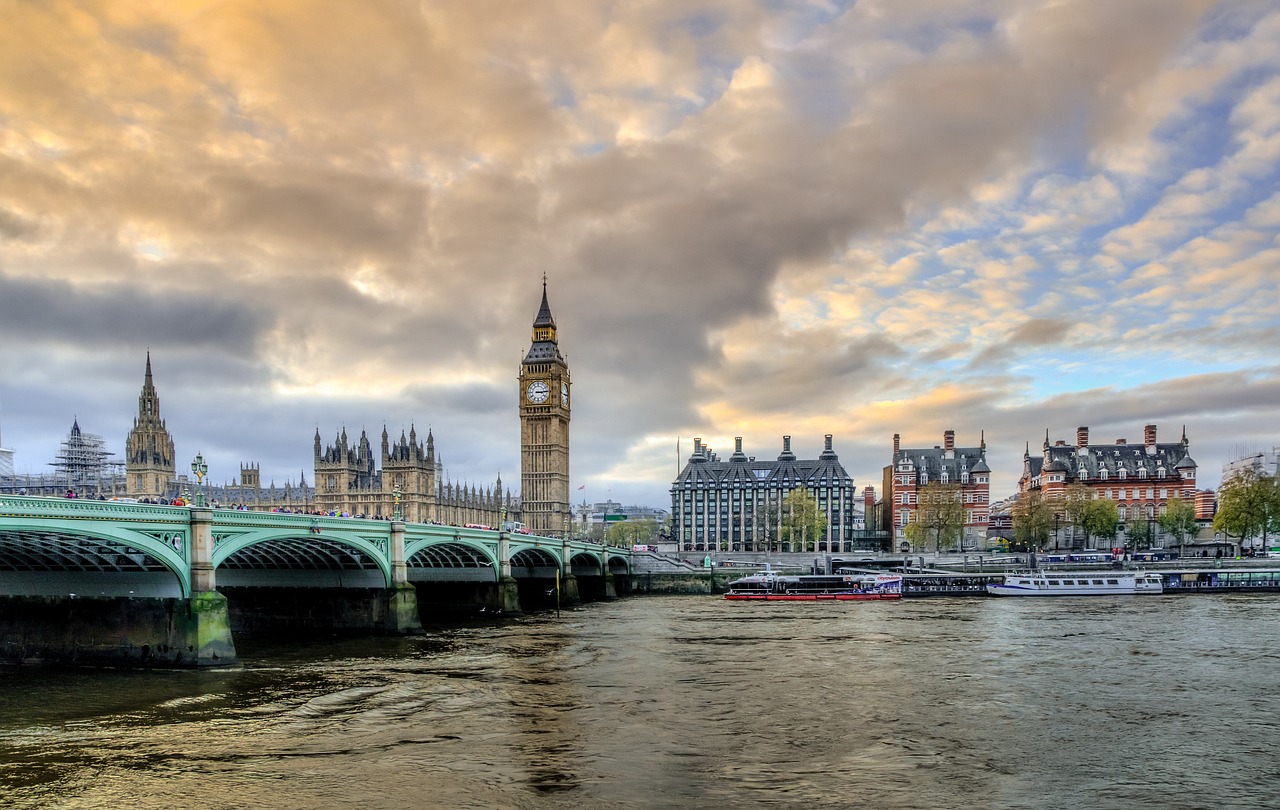The history of the London underground
The London Underground, colloquially known as “the Tube,” is not just a public transit system but a symbol of London itself, weaving through the city’s history since the 19th century. Its development mirrors the growth and changes of London over time, from the industrial revolution to the present day, serving as a testament to engineering innovation, urban planning, and the evolution of public transportation.
Beginnings and Expansion
The London Underground began its journey on January 10, 1863, with the opening of the Metropolitan Railway, the world’s first underground railway. This initial line ran between Paddington (then called Bishop’s Road) and Farringdon Street, utilizing gas-lit wooden carriages pulled by steam locomotives. The success of this line led to the rapid expansion of the network.
In the ensuing decades, new lines and extensions were added, driven by competing private companies. This era saw the birth of many parts of the network we know today, including the District, Circle, and Northern Lines. The early 20th century brought the electrification of the network, which allowed for deeper tunnels and more central routes. The introduction of electric trains improved the system’s efficiency and expanded its reach into further-out suburbs, shaping London’s development.
Integration and Modernization
The Underground’s multiple private operators were amalgamated under the London Passenger Transport Board in 1933, known as “London Transport,” marking the beginning of a more integrated and coordinated system. This period also introduced the iconic Tube map designed by Harry Beck in 1933, which is celebrated for its clarity and design.
World War II transformed the Underground into air-raid shelters, saving countless lives during the Blitz. Some stations were even used for military purposes, including the storage of British Museum treasures.
Post-war, the network continued to grow, with significant developments including the completion of the Victoria Line in the 1960s and the Jubilee Line in the late 1970s. The 1980s and 1990s saw the introduction of electronic ticketing and the opening of the Docklands Light Railway, catering to London’s docklands’ redevelopment.
The 21st Century and Beyond
The 21st century has seen continued expansion and modernization, including significant investment in upgrading stations, tracks, and rolling stock. The introduction of the Oyster card in 2003 revolutionized fare payment, making travel more convenient and reducing queues. The Elizabeth Line, opened partially in 2021, represents the latest major expansion, running east to west across London and increasing the network’s capacity significantly.
Despite its age, the London Underground has continually adapted to the needs of a growing city. It has faced challenges, including aging infrastructure, capacity constraints, and the need for continuous technological upgrades. However, its development and modernization efforts aim to ensure that the Tube remains a vital part of London’s transport infrastructure.
Expansion Plans
The New Tube for London (NTfL) Programme
This ambitious programme aims to introduce new, modern trains across four of the older Tube lines: the Piccadilly, Bakerloo, Central, and Waterloo & City lines. These new trains are expected to be more spacious, air-conditioned, and energy-efficient, with walk-through carriages and improved accessibility features. The introduction of these trains is also expected to increase capacity and frequency of service.
Bakerloo Line Extension
One of the most significant proposed expansions is the extension of the Bakerloo Line. The plan involves extending the line beyond its current terminus at Elephant & Castle through Lewisham to Hayes, incorporating several new stations along the route. This extension aims to improve transport links in South East London, support new housing developments, and reduce pressure on existing transport networks.
Crossrail 2
Crossrail 2, a proposed new railway serving London and the wider South East, would intersect with many Underground lines. Although not part of the Underground per se, it is closely related to its future expansion plans. Crossrail 2 would provide a new north-south route across London, alleviating congestion on several Underground lines, including the Victoria and Piccadilly lines.
Northern Line Extension to Battersea
The Northern Line extension to Battersea opened in September 2021, adding two new stations, Nine Elms and Battersea Power Station, to the network. While this project has been completed, it represents the kind of expansions the Underground is looking towards for future growth, potentially paving the way for further extensions.
Improved Accessibility
A significant part of future plans includes making the Underground more accessible to all passengers, including those with mobility impairments. This includes installing more lifts and escalators at stations, making the network easier to navigate for everyone.
Digital and Technological Enhancements
Continued investment in digital and technological advancements is also a key part of the Underground’s future. This includes the rollout of full mobile connectivity across the network, enabling passengers to use their smartphones and other devices while travelling through tunnels and at stations.
Sustainability Initiatives
The London Underground is also focusing on becoming more environmentally friendly. This includes initiatives to make the network more energy-efficient and to reduce its carbon footprint. The introduction of energy-efficient trains and the exploration of renewable energy sources are part of this effort.
These plans and initiatives reflect Transport for London’s (TfL) commitment to evolving the London Underground to meet future needs. However, it’s important to note that the implementation of these plans is subject to funding, approval processes, and the changing priorities of city planners. As London continues to grow, the evolution of its Underground network will be crucial in shaping the city’s future mobility and sustainability.
Cultural Impact
The London Underground has made a lasting impact on popular culture, inspiring artworks, literature, and films. Its iconic map, the roundel logo, and the phrase “Mind the Gap” have become symbols of London itself. The network’s history is a fascinating journey through time, reflecting the city’s growth, resilience, and innovation. As it continues to evolve, the Tube remains at the heart of London’s story, carrying millions of passengers and continuing to write new chapters in its illustrious history.



